traditional energy use?????
cuddlepoo
17 years ago
Related Stories
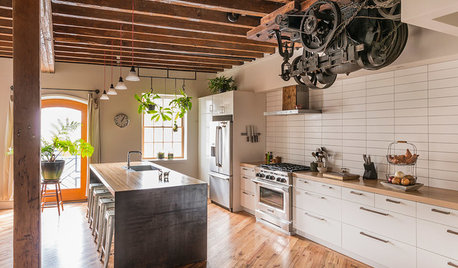
GREEN BUILDINGHouzz Tour: Pickle Factory Now an Energy-Wise Live-Work Space
A charming but poorly insulated 1880s Philadelphia commercial building becomes a spacious energy-efficient home and studio
Full Story
HOUZZ TOURSHouzz Tour: Energy and Color Aplenty in a Live-Work Rental
Awash in bright color and happy patterns, this joyous home with an office works beautifully for a designer and her family
Full Story
CONTRACTOR TIPSBuilding Permits: What to Know About Green Building and Energy Codes
In Part 4 of our series examining the residential permit process, we review typical green building and energy code requirements
Full Story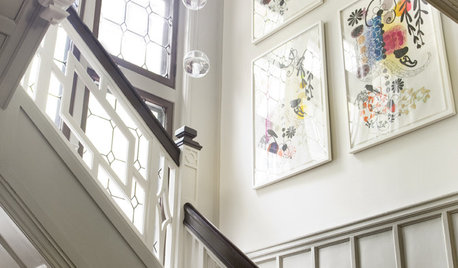
REMODELING GUIDESBoost Your Energy With Natural Light
Abundant natural light saves electrical energy and can lower energy bills, but the best benefit may be to your own energy and spirit
Full Story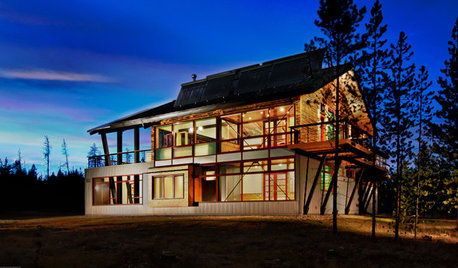
GREEN BUILDINGZero Net Energy: A Hardworking-House Term to Know
Homes that consume only as much energy as they produce by renewable means are a goal for builders. Learn what ZNE means for you
Full Story
GREAT HOME PROJECTSUpgrade Your Windows for Beauty, Comfort and Big Energy Savings
Bid drafts or stuffiness farewell and say hello to lower utility bills with new, energy-efficient windows
Full Story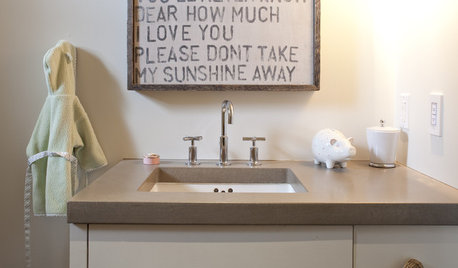
GREEN BUILDINGEasy Green: 10 Ways Toward a Zero-Energy Home
Imagine never paying an electric bill again. With a zero-energy home, it's possible — and anyone can make it happen
Full Story
GREEN BUILDINGHouzz Tour: See a Maine House With a $240 Annual Energy Bill
Airtight and powered by the sun, this energy-efficient home in a cold-winter climate is an architectural feat
Full Story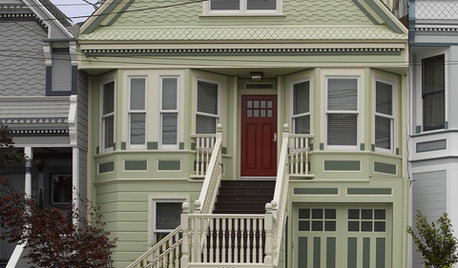
HOUZZ TOURSHouzz Tour: Zero-Energy Renovated Victorian in San Francisco
A 1904 home that's entirely energy efficient? Yes, courtesy of solar panels, radiant heating and water reclamation
Full Story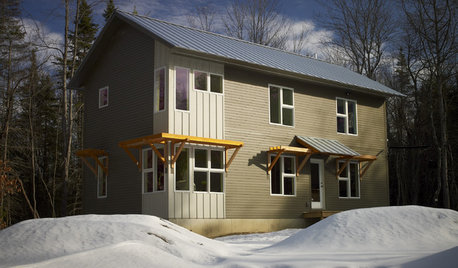
HOUZZ TOURSHouzz Tour: Energy-Efficient, 'Lean' House in Maine
Sustainable architecture and amazing light draw an environmentally conscious family to a new home
Full StorySponsored






jason_reno
cuddlepooOriginal Author
Related Professionals
Elmhurst Solar Energy Systems · Fort Lee Solar Energy Systems · Richmond Solar Energy Systems · Lake Butler Design-Build Firms · Beavercreek Home Builders · Manassas Home Builders · Troutdale Home Builders · Hunt Valley Home Builders · Greenwich Roofing & Gutters · Murfreesboro Roofing & Gutters · St. Louis Roofing & Gutters · Wilmington Roofing & Gutters · Maplewood Roofing & Gutters · Mounds View Roofing & Gutters · Port Neches Roofing & Guttersjason_reno
jemdandy
DavidR